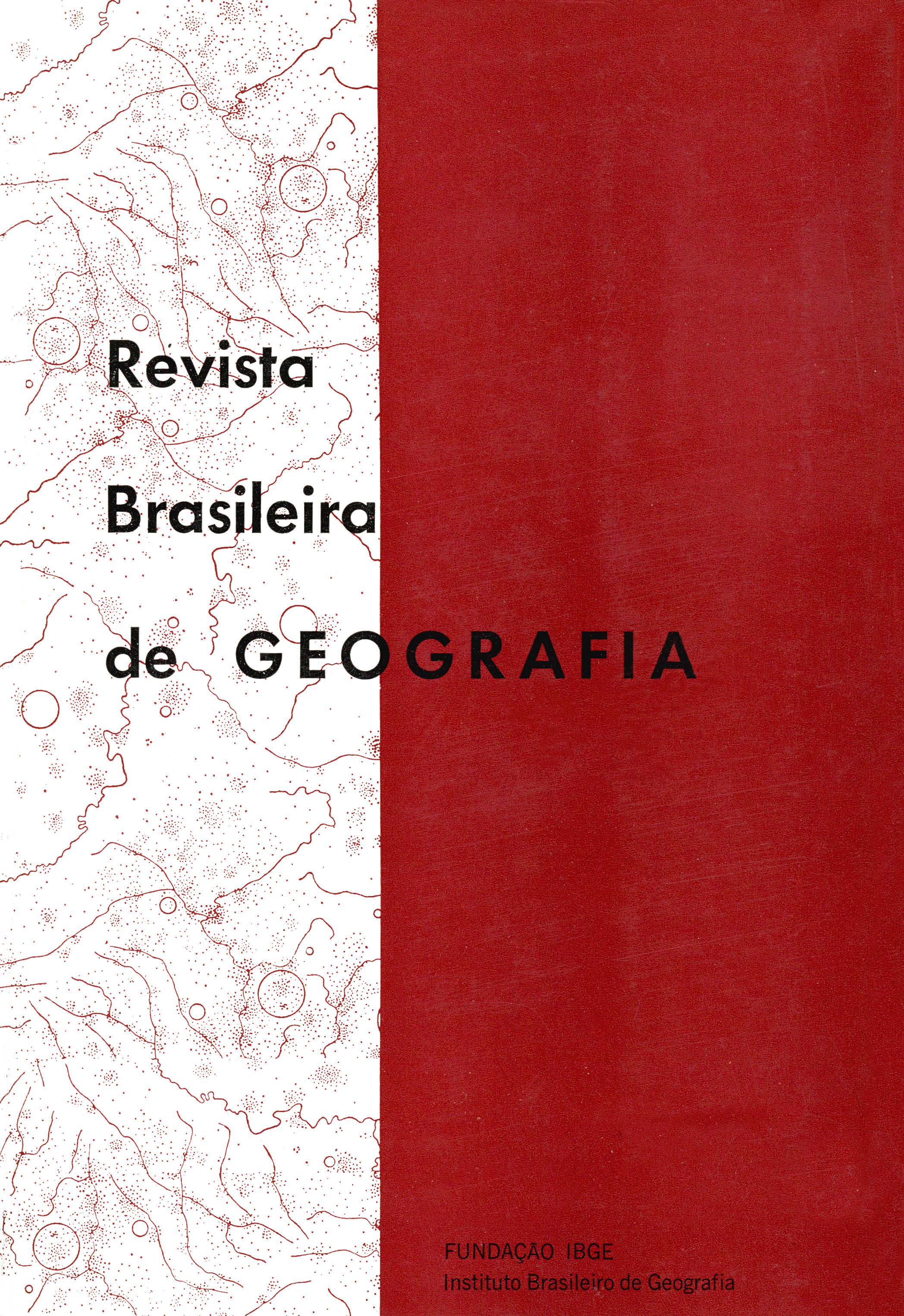Fluxos interestaduais de vazamento de renda e pobreza urbana
Keywords:
Renda, Pobreza Urbana, Income, Urban PovertyAbstract
Abstract:
The work is divided into two parts: the first one is a review of the discussion on the income and poverty distribution and its relationship with the urbanization in Brazil. The scholars, in general, agree that the income inequality has increased from 1960 on; the disagreements refer to its equivalence to the increase of poverty, and to the decrease or increase of the actual income in the different classes of income. These disagreements also embrace problems like the causes of inequalities, the place where poverty is concentrated, and the mechanisms to correct inequalities and to fight against poverty.
It's undeniable that the industrialization, as well as the urbanization of a developing nation, like Brazil, in relation to its market economy, don't reproduce exactly the historic process of nations in advanced capitalism; It's also undeniable the high percentage of people living under precarious conditions - in relation to the access to properties and services considered necessary to everyone. Nevertheless, this industrialization and urbanization historically represent the economic and social raise of the national system as a whole, in contrast with the phases of the dominant agrarian mercantile economy.
In recent years, however, the incoherence may be reflecting an aggravation of the life conditions of the lowest income strata of the urban population, by means of accentuated alterations in the relative prices, and with a rising in the costs of foodstuff.
In a nation like Brazil, the separation between urban and rural, without, the division into regions, leads to imperfect conceptions of reality, and the question "where does poverty concentrate?" must refers to the regional profile. The study of the inequality of income and poverty distribution requires analyses of aspects which are pertinent to interregional relations, specially of the flows of capital.
The second part; of the work comprehends an analysis of monetary resource transfer among the Brazilian states, that is, a flow adjusted to the localization of the factors of production and of the different social groups which are organized around the production. Thus, when these flows were described, they were related to the economic characteristics of the states, emphasizing the composition of its functional income.
Basically, the analysis lies on a comparison of the data of the internal income of the states (which refer to the Production Accounting), and the data of the revenue stated by the individuals in their domiciles. After this, the analysis relates these aspects to a commercial balance of the states, based on the data of the interstate commerce by internal ways, and of the foreign commerce, by the ports.
The available data don't allow to establish an "origin and destination" profile of the income transfers, but only a classification of the states, according to the positive or negative balance.
1. Federative Units piratically in equilibrium concerning the flow of income, and with a positive commercial balance - São Paulo;
2. Federative Units with a negative balance !n the flow of income, and with a positive commercial balance - Rio Grande do Sul, Santa Catarina, Espírito Santo and Amapá;
3. Federative Units with a negative balance in the flow of income, and with a negative commercial balance - Rio Grande do Norte, Paraíba, Pernambuco, Alagoas, Sergipe, Bahia, that is, the Eastern Northeast, plus Acre, Amazonas and Mato Grosso;
4. Units with a positive balance in the flow of income, and with a positive commercial balance - Paraná and Rondônia, which are states with frontier regions of agricultural expansion (the data are from 1970, when Paraná still had this kind of space);
5. Federative Units with a positive balance in the flow of income, and with a negative commercial balance - Rio de Janeiro and Distrito Federal, areas o! tertiary activities; Minas Gerais (investments in the industrialization); Goiás and Pará (investments in new regions); Ceará, Piauí and Maranhão, very poor periphery, where the remuneration to factors out of the state must be Inferior to social and infrastructural investments directed by the Federal Government.
The results above show that the poorest states don't always present, evasion of capital and the richest ones don't always figure as receivers. The flows to poor states certainly occur with a great participation of induced transfers. Nevertheless, the situation is different when it is to expand the factors of production by the expansion of agriculture, as in the case of the "pioneer fronts" (Rondônia), or when it is to spread out the infrastructure in the tertiary sector. In other words, it is necessary to distinguish policies directed to social work - supply of social infrastructure and services - from those directed to the industrial promotion, as wen as from those directed to the agricultural expansion; it is also necessary to compare them, and to see how they complement each other.






